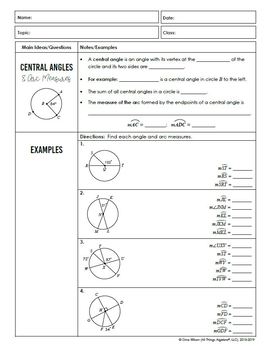
The lines get closer and closer to the vertical lines on the graph for particular values of θ, for example at 90°. Infinity doesn’t have an exact value, so the lines on the tangent graph become more and more vertical as the y axis increases to greater and greater values.

Anything divided by zero has a value of infinity, so the values of θ that have a cosine of zero also have a tangent of infinity on the graph. Conversely, whenever cos θ is zero, then the denominator in the equation becomes zero. Whenever sin θ is zero, then tan θ must also be zero. We can understand this graph better when we consider the equation tan θ = sin θ / cos θ. It changes from −∞ to +∞ (negative and positive infinity) crossing through 0 every 180°:Īt infinity (positive or negative) it is said to be undefined. The characteristics of the tangent graph (tan θ) are quite different. The tangent graph does not have an amplitude (wave-like characteristics) because it has no maximum or minimum peak values. The amplitude of the tides also varies, depending on the position of the moon and its ‘pull’ on the earth. In applications such as sound or electrical current, the amplitude varies, depending on the volume of the sound or magnitude of the current. In the Sine and Cosine graphs above, the amplitude has a value of 1. the distance from the x-axis to the maximum or minimum value. The amplitude of a cyclic wave pattern is the value of the ‘peak’ in the graph, i.e. Examples include electrical applications (alternating current), sound and radio waves, simple harmonic motion (such as a swinging pendulum), the trajectory of satellites, or the rising and falling of the tide. The cyclic nature of the sine and cosine graphs is incredibly important throughout science, nature and engineering. When working with a unit circle we can measure cos, sin and tan directly: The 'Unit Circle' is a special case of the circle shown in the diagrams above. Sin θ is therefore positive and Cos θ is negative. The value of θ is between 270° and 360°, the green line is positive, but the red and blue lines are negative. Sines and cosines are therefore all positive in value.ĭiagram iv shows the final quadrant. The green, red and blue lines all have negative values and α = θ − 180°. In Diagram iii, the radius has rotated further anticlockwise into the next quadrant so that the value of θ is between 180° and 270°. Cos θ = −Cos α =Ĭos θ is negative, since the green line is negative (it lies along the x axis to the left of the origin (0,0), so is in the negative section of the x axis). Sin θ = Sin α =īoth the blue and red lines are positive, so sin θ is positive. The reference angle alpha α is equal to 180° − θ, and is the acute angle within the right-angled triangle. Here θ is an obtuse angle, between 90° and 180°. In Diagram ii, we have rotated the radius further in an anti-clockwise direction, past the vertical (y axis) into the next quadrant. We then rotate the radius in an anticlockwise direction through an angle theta θ.


Polar, Cylindrical and Spherical Coordinates.Introduction to Cartesian Coordinate Systems.Introduction to Geometry: Points, Lines and Planes.Percentage Change | Increase and Decrease.Mental Arithmetic – Basic Mental Maths Hacks.Ordering Mathematical Operations - BODMAS.Common Mathematical Symbols and Terminology.Special Numbers and Mathematical Concepts.How Good Are Your Numeracy Skills? Numeracy Quiz.


 0 kommentar(er)
0 kommentar(er)
